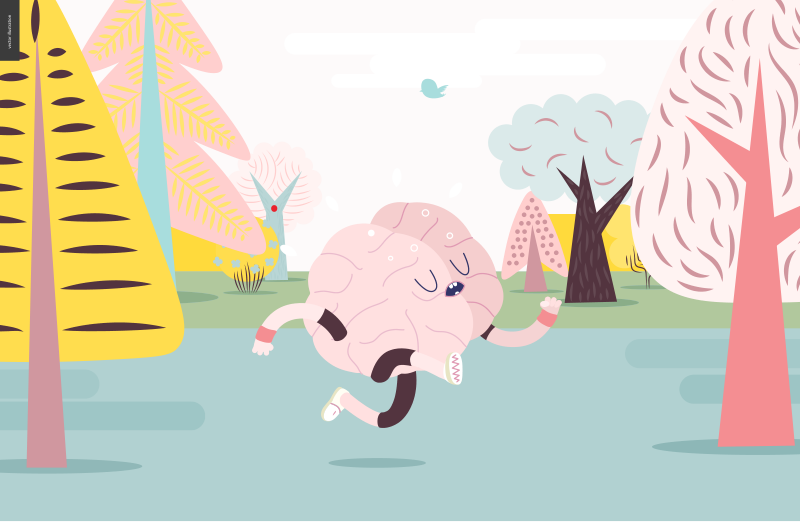What motivates students to voluntarily participate in extracurricular activities? What are the characteristics of extracurricular programs that inspire students to remain involved? And can educators use engagement characteristics to inform classroom practice and school structure?
A review of the research suggests several reasons why such programs engage students.
Extracurricular activities appeal to student interests. Mahoney and Cairns (1997) looked at the positive connection to school that participating in extracurricular activities created among students whose prior commitment to the school had been —al. They discovered that a wider choice of activities resulted in a stronger effect because students' individual needs and interests were more likely to be met.
Posner and Vandell (1999) studied the participation of elementary school students in after-school programs and found that such programs can provide low-income students with experiences similar to those of middle-class students with access to a rich array of lessons (for example, in dance, music, and art), sports, and tutoring.
They encourage peer interaction. McNeal (1995) indicates that extracurricular participation provides previously —alized students with access to a more “elite” stratum of the student population and exposes the students to peers who have better attitudes toward school.
They promote cooperation. Extracurricular activities instill a less competitive focus in participants, foster a more cooperative environment, and may therefore encourage students to stay in and complete school (McNeal, 1995).
They build student-adult relationships. Research supports the notion that high-quality extracurricular activities build relationships between students and the competent, responsive adults who supervise such activities (Mahoney, 2000; Posner & Vandell, 1999).
They provide structure and challenge. Mahoney (2000), who extended the work of Posner and Vandell (1999) to focus on adolescents in after-school activities, determined that effective youth activity programs are highly organized and encourage increasingly complex skill building for participants.
They connect students to school. Participating in an extracurricular activity connects students more deeply to the school, its faculty, a peer group, and school values (Mahoney, 2000; Mahoney & Cairns, 1997). Further, Jordan and Nettles (1999) found that adolescents who participated in structured activities supervised by positive adult role models were more likely to make personal investments in their schooling that might, in turn, motivate them to excel academically.
Davalos, Chavez, and Guardiola (1999) studied the effects of participation in extracurricular activities on Mexican American students and found that those involved in such activities were more likely to stay in school than their uninvolved peers.
They draw students—especially minorities and women-to science. Sorge, Newsom, and Hagerty (2000) studied the positive effects of minority student participation in extracurricular activities. Their research supports previous studies that showed that exposure to extracurricular science activities has a positive impact on students' science attitudes.
Research by McLure and McLure (2000) supports the notion of a positive relationship between out-of-class science accomplishments and in-class science achievement. Students who have the opportunity to participate in experiential, science-related extracurricular activities in a nonthreatening environment feel competent, particularly when adults are available to offer suggestions, support student inquiry, and provide enrichment activities. A budding interest in science stimulates further academic coursework in science, which in turn can lead to students acquiring even greater science knowledge, skills, and interest.
Hanson and Kraus (1998) found that science achievement among female students could be enhanced through their participation in team sports. Young girls who are involved in a traditionally male domain like sports may well be less intimidated by and more prepared for the male culture of science classrooms and work settings.
Research points to a number of factors that encourage students to get—and stay—involved in extracurricular activities. Perhaps educators can generalize the lessons of students' extracurricular engagement to inform classroom practice and improve school climate and culture in ways that motivate all students in the school.



